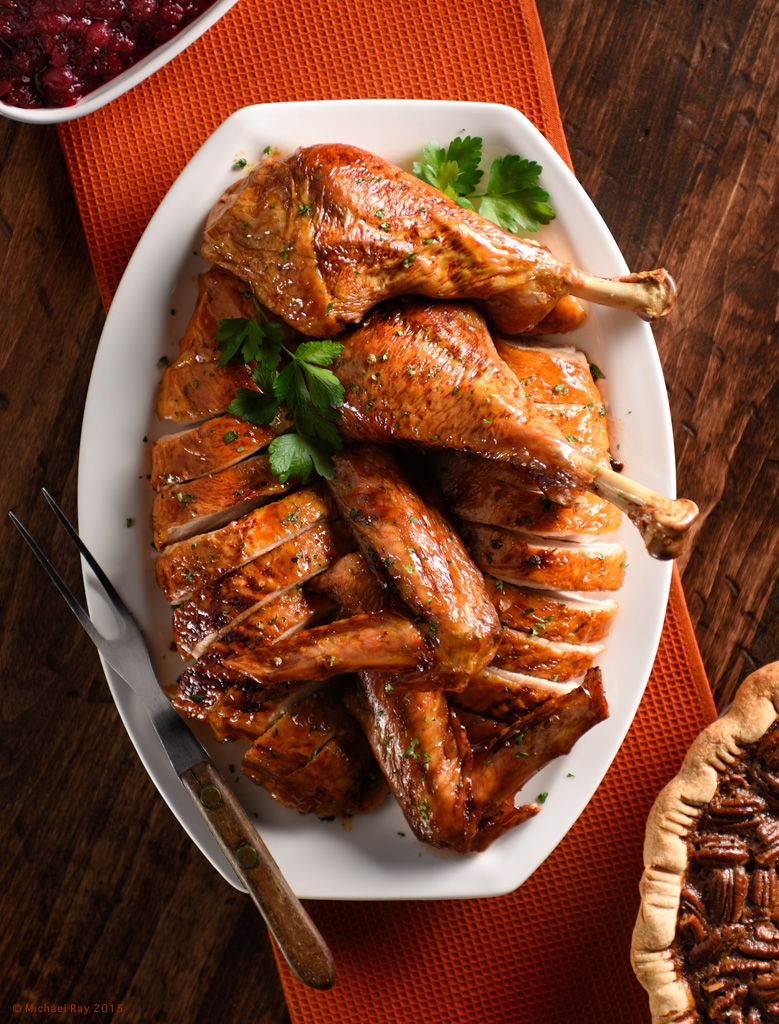Bragging Rights
Explore the latest trends, tips, and stories that make you stand out.
Chasing Light and Food: The Secret Recipe for Great Shots
Discover the secret to mouthwatering food photography! Unlock tips for perfect lighting and styling to elevate your shots to a new level.
5 Tips for Mastering Natural Light in Food Photography
Capturing the beauty of food through photography can be an art form, and mastering natural light is essential for creating mouthwatering images. One of the best tips for utilizing natural light is to position your food near a window during the golden hour—shortly after sunrise or before sunset—when the light is soft and warm. This creates an inviting atmosphere that enhances the colors and textures of your dishes. For more detailed lighting strategies, check out this guide on food photography lighting.
Another crucial tip is to experiment with reflectors to bounce light onto your subject, which can help illuminate shadows and create a well-balanced image. You don’t need to purchase expensive equipment; even a white piece of cardboard can serve as an effective reflector. Additionally, consider the use of diffusers—these can soften harsh sunlight, providing a delicate veil of light that flatters your food. Learn more about utilizing reflectors and diffusers by visiting this practical tutorial.

How to Choose the Best Lighting for Stunning Culinary Shots
When it comes to capturing stunning culinary shots, lighting is paramount. Natural light is often the best option, as it offers a soft and flattering glow that enhances the colors and textures of your dishes. Aim to shoot near a window during the golden hours—shortly after sunrise or just before sunset—when the light is warm and diffused. For more control, you can use reflectors or diffusers; these tools help manipulate the existing light to achieve the desired look. If you're interested in exploring more about using natural light for photography, check out PhotographyTalk.
In addition to natural light, artificial lighting can also play a crucial role in culinary photography. Consider investing in LED lights with adjustable color temperatures to mimic daylight. Using softboxes can diffuse harsh shadows and create even lighting across your food. When setting up your shot, it’s important to test different angles to see how the lighting interacts with your dish. Many photographers find that side lighting enhances depth and dimension. For additional tips on artificial lighting for food photography, refer to Digital Photography School.
What are the Essential Elements of Composition in Food Photography?
Food photography is an art form that hinges on the essential elements of composition to effectively present the dish being photographed. First and foremost, the rule of thirds is a crucial technique that can elevate your images significantly. By positioning your subject off-center within the frame, you create a more balanced and visually pleasing photograph. Additionally, utilizing leading lines can draw the viewer's eye towards the main subject, while negative space provides a sense of breathing room, allowing your delectable dish to take center stage. For further insights, you can explore this helpful guide to photography composition.
Another key aspect of food photography composition is the use of color and texture. Vibrant colors can evoke emotion and hunger in viewers, making them more likely to engage with your content. Incorporating contrasting elements—such as a shiny sauce on a matte plate—can help create intrigue and depth in your shots. Don't forget to pay attention to the background; a simple, unobtrusive backdrop can enhance the subject without detracting from it. To learn more about how to manipulate these components, check out this comprehensive resource on food styling.